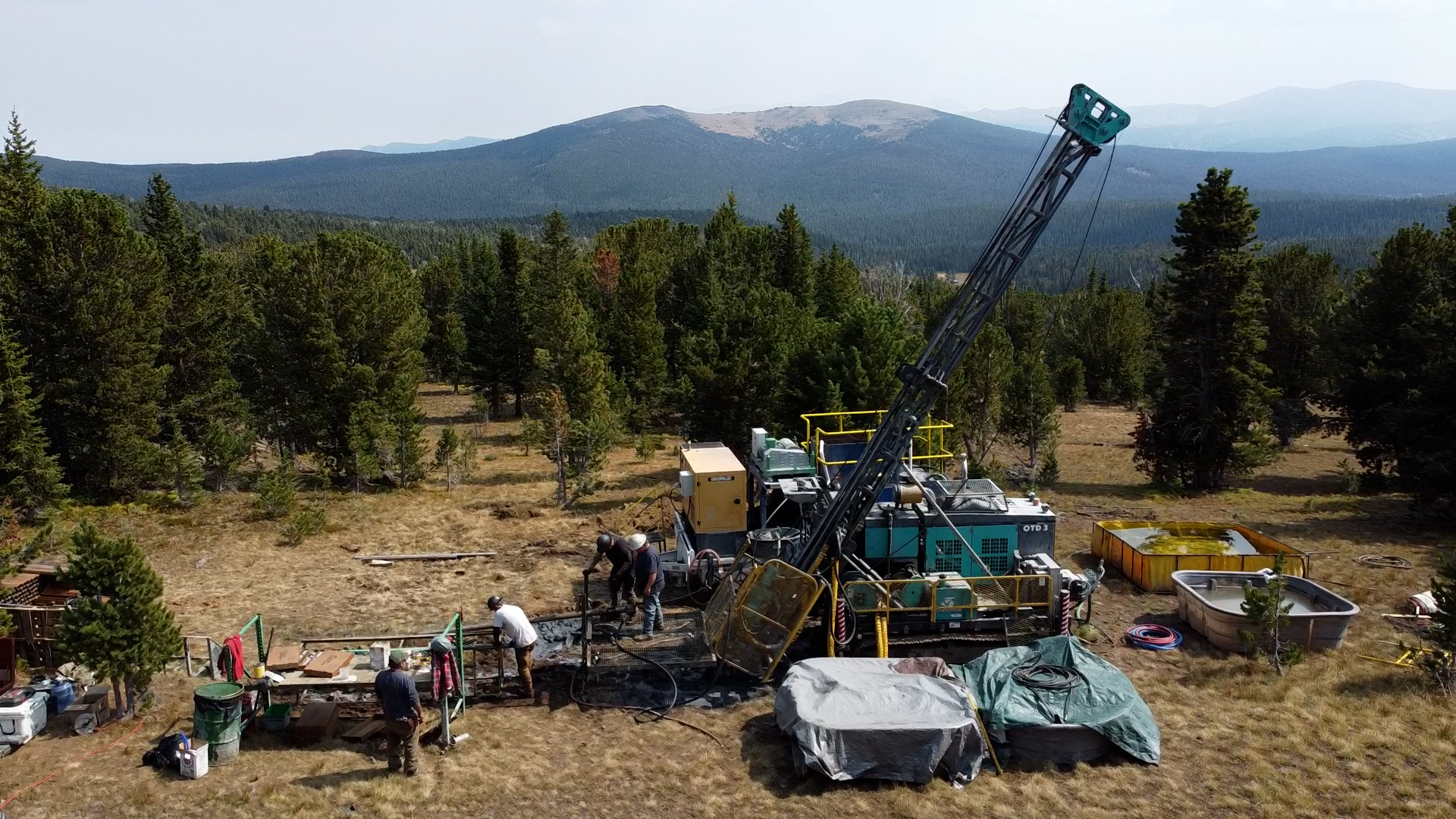Innovative Geologic Hydrogen Research at Stillwater West Project in Montana
Key Ideas
- Stillwater Critical Minerals collaborates with Lawrence Berkeley National Laboratory to explore geologic hydrogen production at its flagship project in Montana.
- The research project, funded by the US Department of Energy's ARPA-E program, focuses on safe and economic extraction of hydrogen at commercial scale.
- The study aims to develop technologies using adaptive controls and serpentinization reactions to extract hydrogen, potentially contributing to clean energy production.
- The Stillwater West project, rich in nickel, copper, cobalt, and precious metals, positions Stillwater Critical Minerals in a significant role for critical mineral supply and clean energy generation.
Stillwater Critical Minerals is conducting innovative research in collaboration with Lawrence Berkeley National Laboratory to study geologic hydrogen production at its flagship nickel-PGE-copper-cobalt project in Montana. The project aims to extract hydrogen naturally occurring within the Earth's crust through processes such as water reaction with iron-rich rocks. The Berkeley Lab, with funding from the US Department of Energy, is leading the 'CyclicGeoH2' project to develop technologies for safe and economic hydrogen extraction. Dr. Mengsu Hu and his team are focusing on numerical modeling and machine learning to enhance geologic hydrogen generation. The study involves fracture creation and serpentinization reactions to extract hydrogen, utilizing rock samples from the Stillwater igneous complex. Stillwater Critical Minerals' CEO, Michael Rowley, expressed excitement for the project's potential to secure critical mineral supply and contribute to clean energy generation. The Stillwater West project, with abundant nickel, copper, cobalt, and precious metals, is seen as a valuable asset for advancing clean energy solutions while meeting critical mineral demands.
